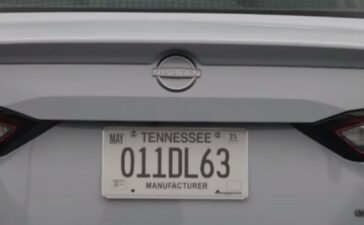Hi there. I’m Gavin J. Knox the founder of Check Engine Light. Today, we’re going to delve into the Kia check light. Kia owners should know that the orange warning light on their dashboard isn’t just an indicator of a problem, it’s an immediate call for help. Each Kia owner should be familiar with the check engine light to be able to detect the issue in case of a triggered check light.
The underlying issues are various and range from a simple loose gas cap to more serious issues like catalytic converter malfunction. These issues compromise your vehicle’s performance and lead to more costly repairs in advance.
As I’m a seasoned automotive specialist, I faced various real-life cases and dealt with a range of different problems. So I provided a list of potential causes of an illuminated check light based on my hands-on experience.
You might also enjoy: Jeep Check Engine Light: Causes And Solutions [2023]
Common Causes of Kia Check Engine Light
Diagnosing the root cause is tricky, especially for those without mechanical knowledge. But I’m going to discuss each part’s function and importance in your vehicle to help you in this field.
1. Oxygen Sensor Needing Replacement
The oxygen sensor is designed to measure the amount of unburnt oxygen in the exhaust to balance the correct amount of fuel with it. In case of its malfunction and improper fuel combustion, you face increased fuel consumption, increased emissions, and damage to the catalytic converter.
To maintain your fuel system’s efficiency, consider replacing the Oxygen sensor regularly.
2. Loose, Damaged, or Missing Gas Cap
It’s an underrated but crucial issue in the vehicle. If the gas cap isn’t tightened properly, the fuel vapors leak out, air enters the fuel system leading to disruption of the pressure balance in the fuel system.
This phenomenon triggers the check light and you can easily resolve it by tightening your gas cap. Consider replacing the cap if it’s damaged or worn out.
3. Catalytic Converter Needing Replacement
The catalytic converter is a vital component as it reduces harmful emissions. If it fails you face poor car performance, overheating, and increased emissions.
You should replace it to ensure your vehicle’s standard emission system and also pass the emission test.
4. Mass Airflow Sensor Needing Replacement
The mass air flow sensor sends data to the car’s computer about the amount of air that enters the engine. The vehicle uses this information to provide an optimal air-fuel mixture.
In case of malfunction, the car faces increased emissions, increased fuel consumption, and performance drop.
You might also enjoy: Everything You Need to Know About Mazda Check Engine Light
5. Spark Plugs or Plug Wires Needing Replacement
These components are the most vital ones for ignition. Worn spark plugs or wires lead to misfires, potential damage to the ignition system, and compromised performance.
Consider timely checking them and replacing them when necessary.
6. Faulty Spark Plugs (leading to engine misfire)
Faulty spark plugs are the main reason for misfires or even stalling. It affects not only engine performance but also fuel efficiency. You face a hesitating engine with poor performance and high fuel usage.
7. Defective Mass Air Flow Sensor (Affecting Fuel Combustion)
A faulty mass air flow sensor disrupts the balance of air and fuel in an engine. Following this cause, the vehicle faces rough idling, stalking, and struggles with starting the engine.
8. Bad Catalytic Converter (Clogged, Increasing Exhaust Gas Concentration)
As a result of a clogged or malfunctioning catalytic converter, we witness a buildup of gases in the exhaust. This leads to engine inefficiencies, low acceleration, poor economy fuel usage, and overheating.
9. Oxygen Sensor Issues (Affecting Fuel Economy)
It has a direct impact on fuel consumption. As this sensor determines the amount of fuel to be burnt with measured air, its malfunction increases the fuel consumption.
10. Vacuum Leak (Leading to a Lean Fuel Condition and Engine Misfire)
This phenomenon disrupts the balance of the air-fuel mixture of the engine. We know it as a lean condition. The lean condition leads to compromised vehicle power, misfires, and rough idling.
Keep in mind that nothing can help you maintain your vehicle in its best condition except regular maintenance and checkups. Regularly inspect your car for potential issues and make necessary interventions. In this way, you’re ensuring both your convenience and your vehicle’s longevity and health.
You might also enjoy: Why Is The Check Engine Light Flashing When Accelerating?
Practical Solutions for Each Cause
I gathered a list of helpful solutions for each problem and they require different approaches. This list is reliable and gathered from my own experience and valid automotive sources.
1. Replace Oxygen Sensor
It’s necessary to replace your faulty oxygen sensor to not only optimize fuel consumption but also ensure your vehicle’s responsiveness and efficient performance.
2. Tighten or Replace Gas Cap
In this case, resolving the issue is as simple as tightening the gas cap. Consider replacing it if it’s worn out or damaged.
3. Replace Catalytic Converter
Despite its high cost, you shouldn’t ignore replacing the catalytic converter. Because it has a crucial role in your vehicle’s emission control system and its malfunction leads to more severe issues.
4. Replace or Clean the Mass Airflow Sensor
Sometimes you can resolve the issue by cleaning this sensor but in case it doesn’t work, go for replacement. A proper mass air flow sensor maintains an optimal air-fuel ratio in the engine and provides optimal engine performance.
5. Replace Spark Plugs and Wires
Old spark plugs and wires lead to compromised performance and misfires. In your car maintenance checkups consider inspecting these parts and replacing them if necessary.
6. Identify and Repair Vacuum Leak
Detecting this issue is tricky as you should inspect each hose to find the leak. Once you find it, repair the dainty hose and I’m case of necessity, replace it.
7. Clean or Replace EGR Valve
The EGR valve is a vital component in maintaining your vehicle’s optimal emission control and efficiency. In case of clogging, clean it and go for replacement if it’s damaged.
8. Clean or Replace Fuel Injectors
Fuel injectors deliver the fuel to the engine. If they’re clogged they can’t do the job properly. Consider cleaning them if they’re dirty and replacing them if they’re faulty or worn out.
For using each solution, you should be patient and a bit knowledgeable in the mechanical field. Addressing the issues and repairing them not only removes that discomforting check light but also ensures our vehicle’s optimal performance and longevity. Be attentive to regular check-ups to detect any issues in their early step and make the necessary interventions.
Understanding the Kia Check Engine Light
For better car maintenance, it is necessary to understand the check engine light. It’s an indicator of an issue in your car. In other words, it’s a means of your car’s communication with you. Don’t ignore the check light as it not only compromises your convenience and vehicle’s performance but also increases safety risks on the road.
The check light warning is often colored yellow or orange. It is illuminated when your onboard diagnostic system detects a faulty component or a mistake in while vehicle’s performance.
Most people and even car enthusiasts believe that a check engine light always indicates a severe problem. However, it’s not true. Sometimes the cause of check engine light illumination is as simple as a loose gas cap that can be resolved by tightening it.
Keep in mind that the light doesn’t turn off right after you resolve the issue. Give it some moments and a short drive to be restarted.
However, sometimes the check engine light shows a serious issue like catalytic converter failure or a faulty oxygen sensor. These components affect the vehicle’s efficiency, fuel consumption, and emissions. You’d better not ignore the warning light in these cases because if you do, you will go through more serious damages and costlier repairs.
Be attentive to the check engine light status. A steady one indicates that you can continue driving to reach a help center, however the blinking one shows that you should immediately stop driving. This light often shows issues like misfires that can quickly overheat the catalytic converter. You’d better stop your car and seek professional help.
The Kia check engine light warns you about the issues to be able to fix them and maintain your vehicle’s efficiency. No matter whether the issue is minor or a vital one, just be attentive to it to have optimal vehicle performance. Keep in mind to consult with a professional mechanic to help you with your issue.
You might also enjoy: How to Reset the Service StabiliTrak Light [GMC Terrain – 2024]
Professional Assistance vs. DIY
To resolve your issue you can either take a DIY approach or refer to a professional mechanic. Each way has its pros and cons. You’d better be familiar with them to make an informed suitable decision.
DIY Approach
DIY approach is satisfying because it’s a cost-effective solution and also, it’s quite rewarding to solve your problems by yourself. As there is the majority of tutorial videos, people can proceed to some simple fixes like tightening a gas cap or replacing spark plugs. These repairs require few tools and no specific expertise.
On the other hand, taking a DIY approach is limited. For instance, you need specific tools and more mechanical knowledge to deal with your onboard computer system or diagnose sensor failures. You need to use an OBD2 scanner to interpret error codes and using this tool requires deeper knowledge of automotive. Pay attention that incorrect diagnosis leads to further problems and costlier repairs.
Professional Mechanic Services
Heading to help centers allows you to get help from properly trained professionals who have suitable and sophisticated tools and expertise. They’re able to deal with a wide range of issues from mechanical ones to computer system glitches.
Service providers warranty their repair and ensure you the repair is done correctly. This peace of mind becomes more necessary when you’re dealing with a tricky issue like transmission problems. In these cases, there’s a higher risk of incorrect diagnosis and repair.
About the challenges of referring to a service provider, we can mention its higher cost than DIY and also the complexity of finding a reliable mechanic.
Briefly, to choose between DIY and professional service, consider the completion of your issue as your mechanical knowledge depth. For instance, for simple issues go for DIY that is budget-friendly and satisfying, however for more complex issues, especially those who relate to the electronic system, seek professional help.
Before making the decision, properly asses your vehicle’s condition, your knowledge, your available tools, and potential risks. Whichever solution you choose, just address the root cause of the check light and resolve it to maintain your vehicle in its optimal condition.
Advanced Tips and Tricks
Throughout this year of experience under several car hoods especially Kia, I realized some helpful facts for Kia owners that are lesser known and mentioned.
-
The Importance of Fuel Quality
The quality of fuel that you use in your vehicle is often overlooked. Contaminated fuel triggers the check light. The octane rating, cleanliness, and consistency of fuel are important. In many cases, the issue is resolved by changing the fuel or using a fuel additive.
-
Software Updates
Modern Kia models are highly dependent on software systems. Software system controls engine performance in many ways. Sometimes, you can turn off the check light with a simple software update. It is considered a part of the routine check-in service centers but it’s overlooked by car enthusiasts.
-
Environmental Factors
Altitude changes also trigger the check engine light. If you drive from a low altitude to a high altitude area, the air-fuel mixture is affected and leads to check light illumination.
-
The Gas Cap Seal
While people realize the impact of gas caps on check lights, they ignore the impact of zeal degradation on it. In the case of this issue, despite the tightened gas cap, fuel vapors leak out. So sometimes the solution is replacing the gas cap.
-
Battery and Electrical Issues
Electrical system issues or battery issues trigger the check light. A weak battery sends incorrect data to the vehicle’s computer system and illuminates the check light. So in case of a triggered check light, consider checking your battery’s proper function.
-
Aftermarket Parts
Sometimes aftermarket components trigger the check engine light. The check light turns on due to the impact of these components on exhaust system functions and the vehicle’s sensors’ incorrect reading.
-
Emissions Testing
You can’t pass the emission test as long as your check light is turned on. Most areas have strict regulations for emission tests. So consider addressing the check light for your vehicle’s health and legal compliance.
-
Long-Term Effects
Obviously, ignored check light leads to more major problems. If you don’t address a minor problem, it becomes severe as time passes. These issues affect your vehicle’s long-term health.
According to my experience, considering the mentioned factors can improve your diagnosis of problems. You should consider more intricate factors that affect your Kia’s performance. Keep these facts in mind to keep your vehicle in its top condition.
You might also enjoy: Chevy 2500 Bolt Pattern: Ultimate Guide [2023]
Conclusion
In conclusion, it’s a multifaceted task to understand the Kia’s check engine light. I realized important takeaways for Kia owners in my journey.
Key Takeaways:
- Fuel Quality Matters: Consider using quality fuel. Sometimes fuel additives can prevent and resolve check engine lights.
- Stay Updated: Be attentive to regular updates as much as mechanical repairs.
- Environmental Impact: Consider the altitude change as a factor that affects your vehicle’s performance and triggers the check engine light.
- Check the Gas Cap: In some cases, tightening the gas cap doesn’t resolve your issue as the gas cap zeal is worn out. In these conditions, consider replacing the gas cap.
- Battery Health: Check your battery health and proper connections regularly as they can trigger the check engine light.
- Be Cautious with Aftermarket Parts: They are quite impactful on your car’s performance. Sometimes consider them as an illuminating factor of check light.
- Emissions Compliance: Be attentive to your check light to both ensure your vehicle’s proper performance and meet standards for emission tests.
- Long-Term Consequences: You’d better not ignore the check light because if you do, you’d face costlier repairs in the future.
Importance of Timely Action
One of the important factors in vehicle maintenance is timely interventions. In case of ignorance of minor issues, they proceed to serious ones. This issue affects your vehicle’s long-term health and reliability. To have peace of mind and save your money in the long run, stick to regular maintenance, be attentive to your car’s behaviors, and address issues promptly.
It’s worth mentioning that the check light is not always an indicator of an existing problem, it’s sometimes a prevention for future potential issues. Whichever approach of DIY or professional service that you choose, consider functioning mindfully. By using the mentioned tips and factors in mind, you can ensure your Kia’s health and proper functionality.
FAQs
Why is my Kia check engine light on?
- It’s due to various causes. Ranging from a minor issue like a loose gas cap to more serious issues like catalytic converter malfunction or engine failure. In this way, your vehicle is trying to communicate with you to tell you something is wrong.
What is the most common reason for the check engine light to come on?
- The most common that I encountered is emission control system issues. It involves malfunctioning sensors, loose gas caps, and catalytic converter issues.
Is it OK to drive with the check engine light on?
- It depends on the condition. In case of a steady check light and the car’s normal behavior, you can drive to reach a help center. However, Don’t continue driving with a flashing check engine light as it’s indicating a serious problem like misfire.
What does a solid check engine light mean?
- It’s an indicator of a non-emergency issue but a vital one that should be figured out. The issue doesn’t threaten the engine’s function.
Is a solid check engine light serious?
- It’s not as emergency as blinking one but it’s still vital to address. If you ignore it, it escalates to more severe problems with costly repairs in the future.
Can low oil cause a check engine light?
- Definitely. As it affects the engine’s lubrication, the computer system detects it as an issue and triggers the check light. So when facing with illuminated check light, check your oil level.
How do you turn off the check engine light on a Kia?
- Before taking an approach, you should figure the root cause out. The light turns off after resolving the issue and if not, reset it with an OBD2 scanner. But before the reset process, ensure that your issue is completely fixed to prevent potential damage to your vehicle.
These answers were based on my experience and knowledge. You’d better consult with a professional mechanic for your specific car issues.
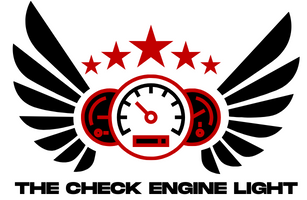

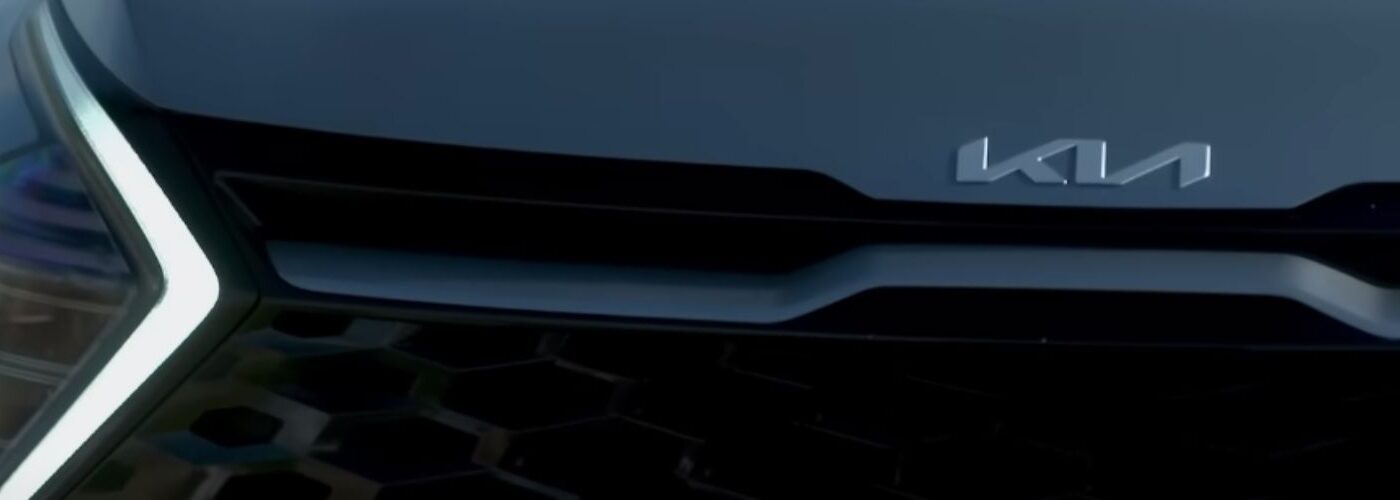
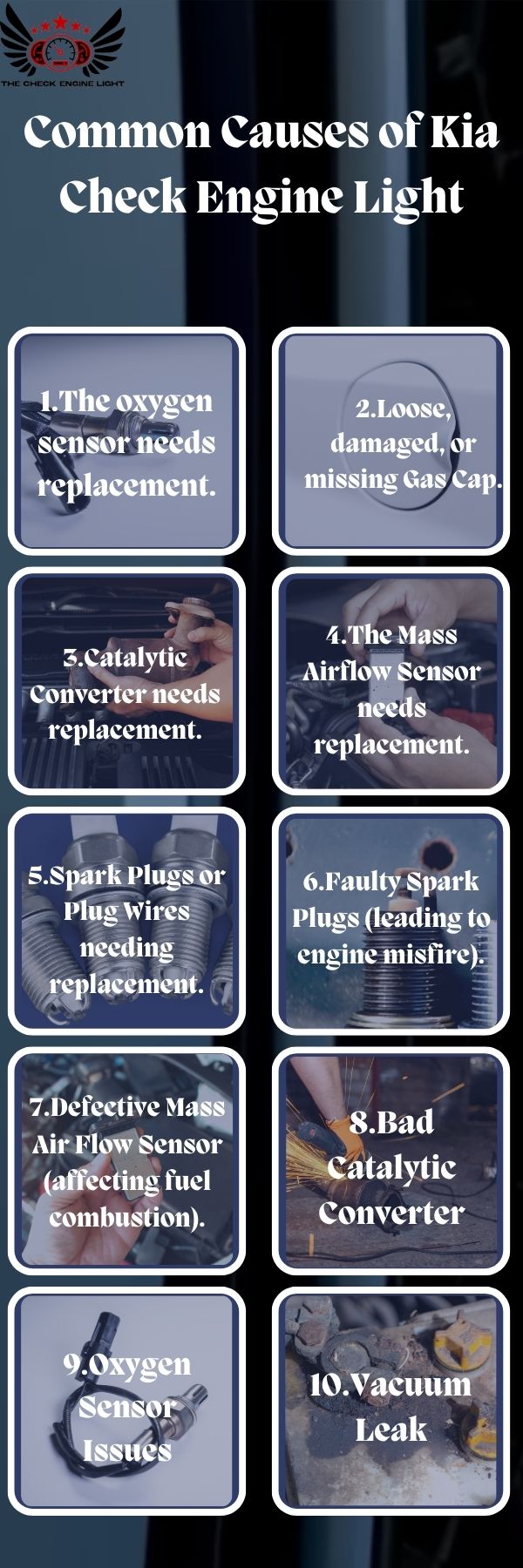
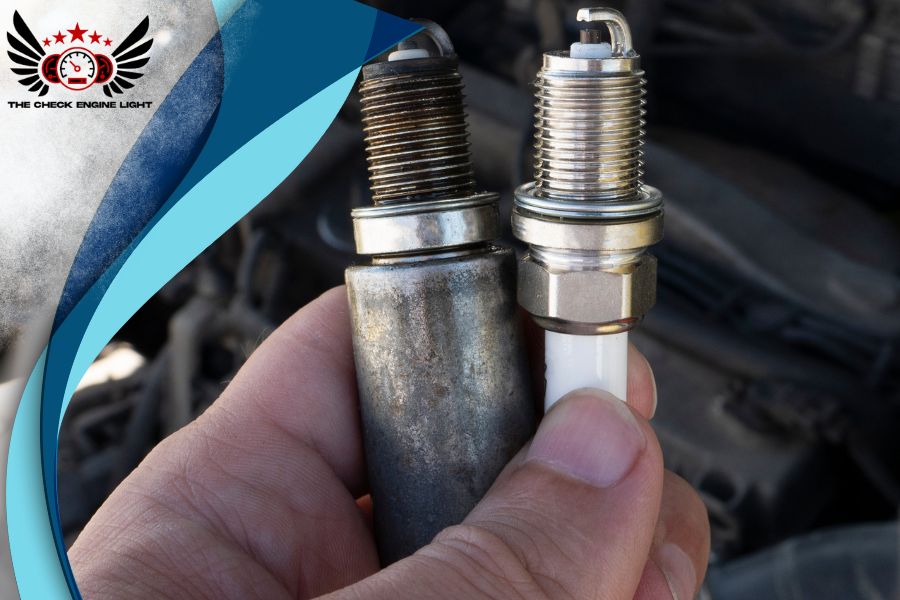
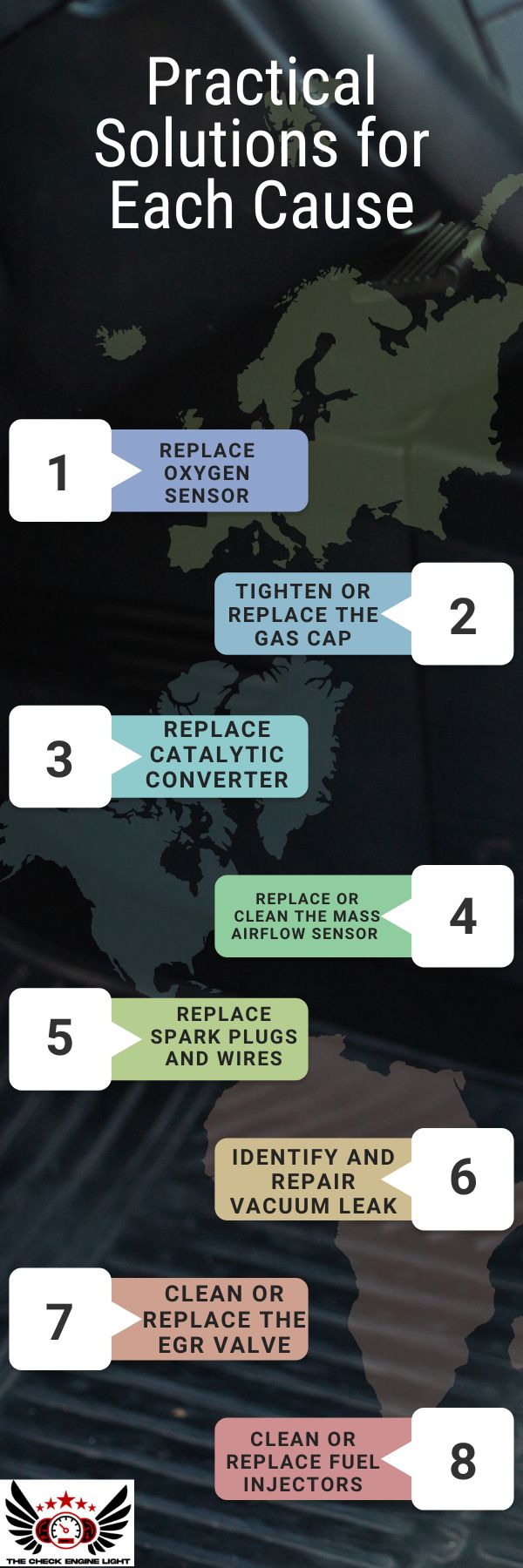
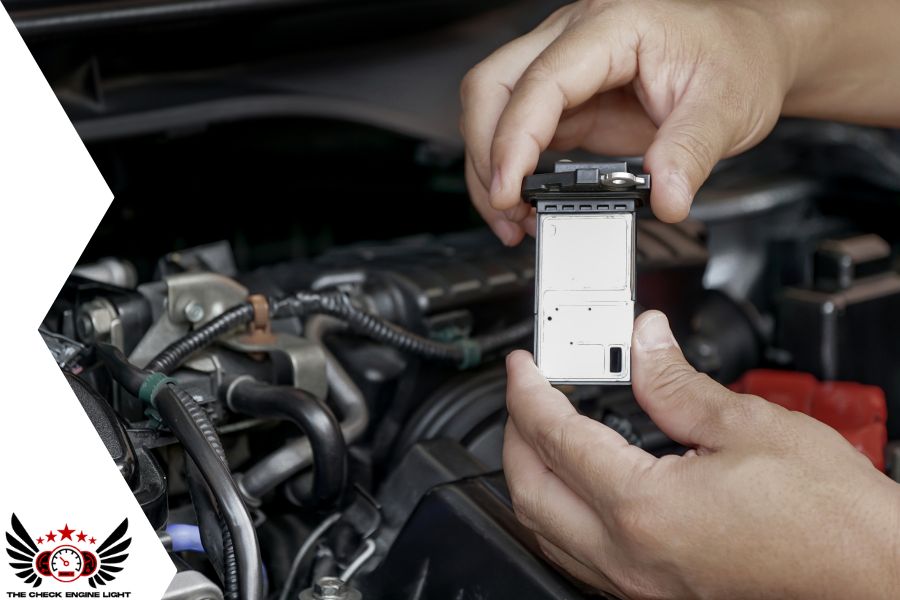
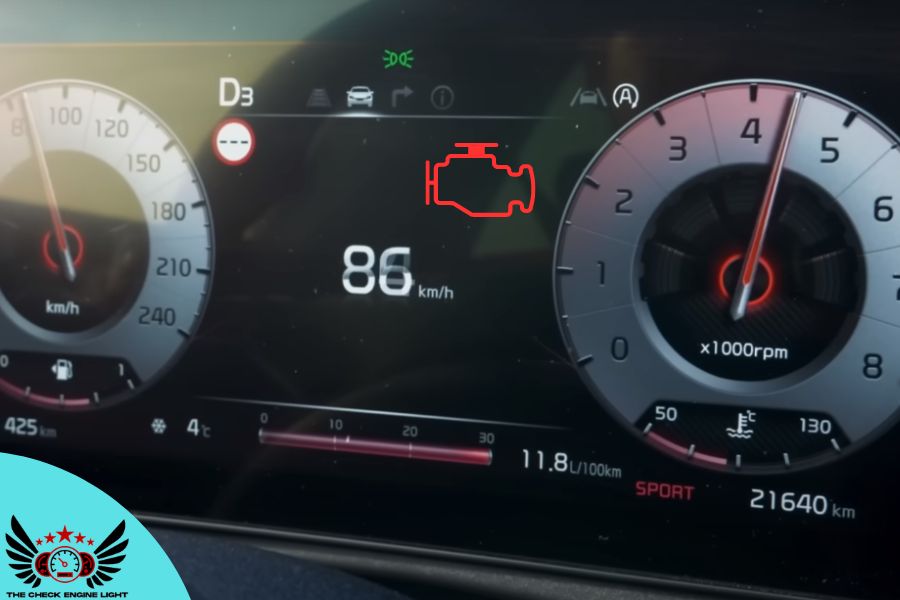
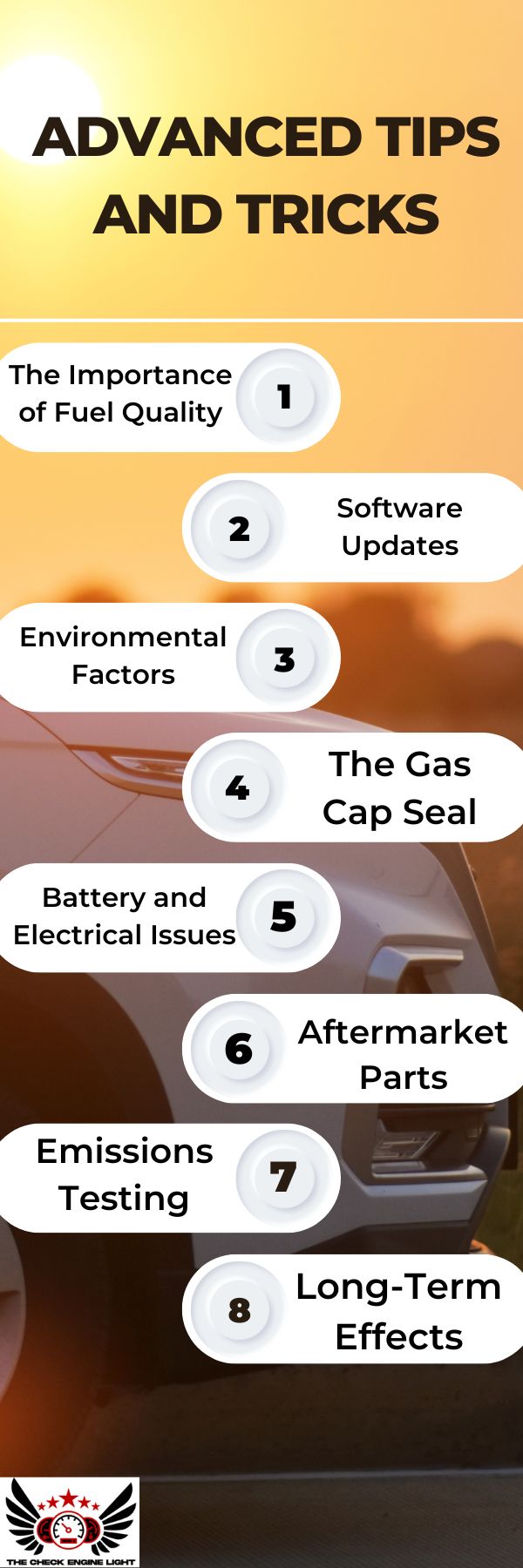
![an pic for Code p0420 Check Engine Light Fully Explained [2024]](https://thecheckenginelight.com/wp-content/uploads/2024/02/Code-p0420-Check-Engine-Light-Fully-Explained-2024-364x225.jpg)
